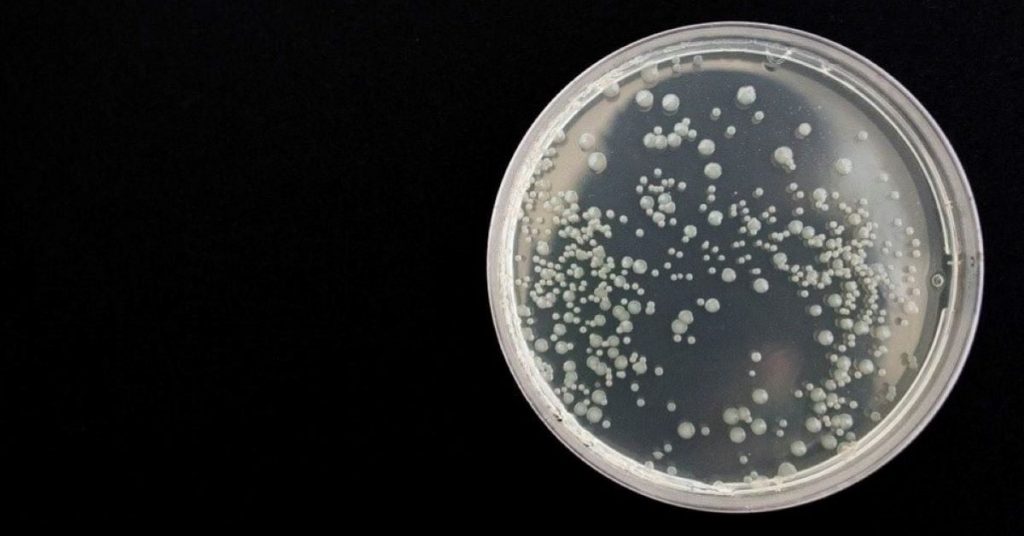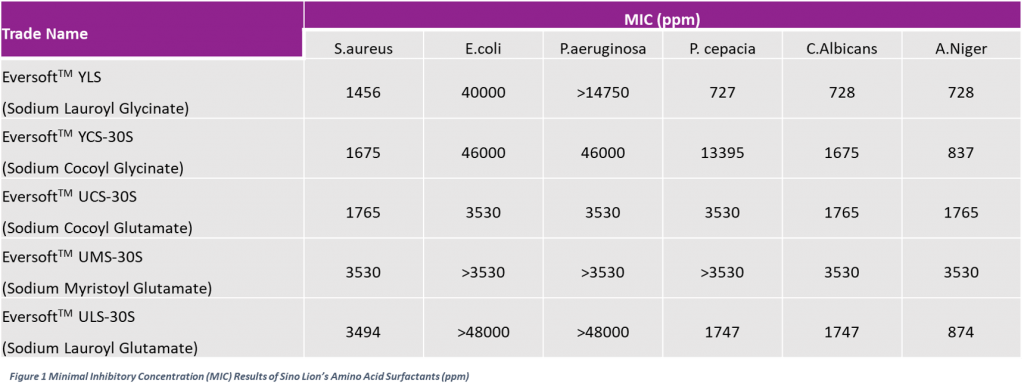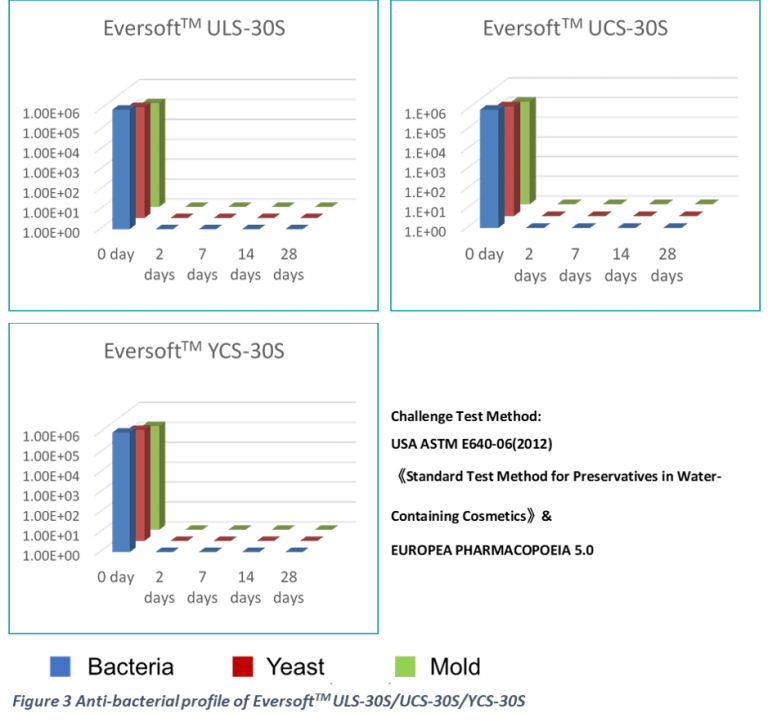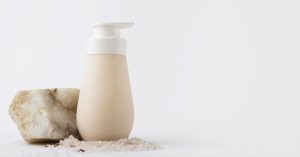
Applications of Essential Oils in Skincare
Share on facebook Share on linkedin Share on whatsapp Share on telegram Share on email Let’s find out how the natural essential oils we know in general have an effect

Amino acid-based surfactants are well known for their mildness to skin and improved safety profile over sulfates and sulfonates. However, there is little information shared about other benefits of amino acid-based surfactants that showcase the uniqueness of amino acid-based surfactants. In this article, we shall highlight the anti-microbial feature of amino acid-based surfactants.
Amino acid-based surfactants present a promising alternative to conventional anti-bacterial compounds because they are naturally-derived from renewable sources and readily biodegradable. Amino acid-based surfactants also mimic natural lipoamino acids and possess the characteristics of low irritancy, low toxicity and low ecotoxicity. Therefore, they are used in food, pharmaceutical and cosmetic applications.
The following amino acid-based surfactants Sodium Lauroyl Glycinate, Sodium Cocoyl Glycinate, Sodium Cocoyl Glutamate, Sodium Myristoyl Glutamate and Sodium Lauroyl Glutamate, were tested for their anti-microbial efficacy according to the Challenge Test Method, USA ASTM E640-06(2012) <Standard Test Method for Preservatives in Water-Containing Cosmetics> and European Pharmacopoeia (5th Ed.).
MIC or Minimum Inhibitory Concentration is the lowest concentration of a compound to inhibit the growth of a given strain of bacteria. The bacteria tested were Staphylococcus aureus, Escherichia coli, Pseudomonas aeruginosa, Burkholderia cepacia, Candida albicans and Aspergillus niger.
These bacteria can cause skin infection, respiratory infection, hospital-acquired infection and/or food poisoning. The test results showed that amino acid-based surfactants are effective against these bacteria.



| Phase | Material | INCI Name | Supplier | % W/W |
|---|---|---|---|---|
| A | Deionized Water | Deionized Water | – | q.s. to 100 |
| Eversoft YCK-30K | Potassium Cocoyl Glycinate | Sino Lion | 16.7 | |
| WQ 1200 LG | Lauryl Glucoside | Maha Chemicals | 14.0 | |
| Maha CAB 35 | Cocamidoproply Betaine | Maha Chemicals | 7.0 | |
| Eversoft ACS-30S | Sodium Cocoyl Alaninate | Sino Lion | 6.5 | |
| Sinopol 8KDS | PEG 150 Distearate | Sino Japan | 3.0 | |
| Glycerin | Glycerine | Vance Biotech | 10.0 | |
| Lauric Acid | Lauric Acid | – | 1.0 | |
| Myristic Acid | Myristic Acid | – | 1.0 | |
| Stearic Acid | Stearic Acid | – | 2.0 | |
| Glycol Distearate | Glycol Distearate | – | 2.0 | |
| B | Sodium Hydroxide | Sodium Hydroxide | – | 0.8 |
| Deionized Water | Deionized Water | – | 2.0 | |
| C | EverGuard LAE-20 | Ethyl lauroyl arginate HCl, Glycerin | Sino Lion | 1.0 |
| Preservative, Fragrance & Dye | Preservative, Fragrance & Dye | – | q.s. | |
| D | Citric Acid | Citric Acid | – | q.s. |
| Sodium Hydroxide | Sodium Hydroxide | – | q.s. |
Remember to wash your hands often and stay safe. Do contact us to know more about formulating with amino acid-based surfactant.

Share on facebook Share on linkedin Share on whatsapp Share on telegram Share on email Let’s find out how the natural essential oils we know in general have an effect

Cleansing is an important step in our skin care and milder options are favourable to prevent cleansing-induced barrier damage. Read on how to assess the irritancy level of surfactants and a comparison between the mildness of commonly used surfactants!

Looking to satisfy your taste buds? We have the solution for you – food flavours! When it comes to food, flavours are what make the experience truly unforgettable. In this post, we explore the basics of food flavours and their applications.
Copyright © 2023 Maha Chemicals (Asia) Pte Ltd